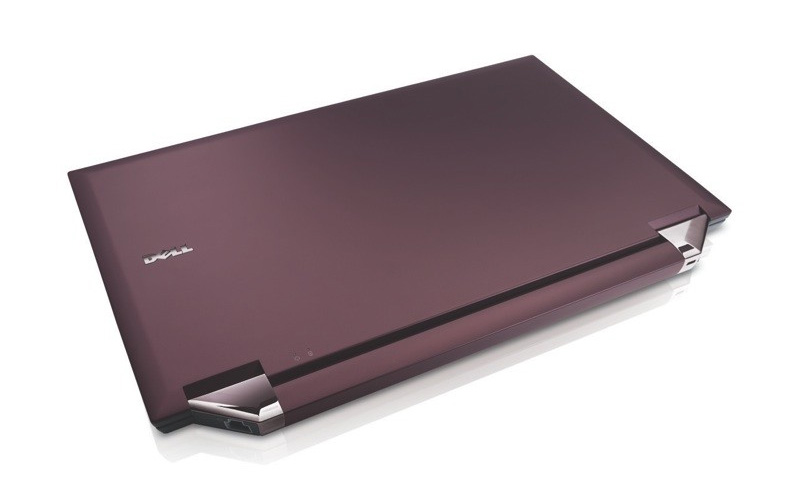
Google has found itself on the legal firing line again after a start-up called LimitNone filed suit for $1 billion, claiming that the California-based search giant stole the migration tool it had developed.
According to LimitNone, Google originally used the migration tool, called gMove, to help Outlook users move to its Gmail system. Then it came out with its own tool, Google Email Uploader, which they claim is almost identical to gMove.
Court papers show that LimitNone were told in a phone conversation with Google executives that the market for their product was worth around $950 million – too large for Google to pass by.
LimitNone’s attorney, David A. Rammelt, said:
“LimitNone alleges that Google’s software program is essentially identical to LimitNone’s product and that Google could not have developed its competing product without using the information it learned from having access to and studying LimitNone’s confidential and proprietary program. The complaint alleges that Google’s own executives predicted that the migration tool would have "50 million users," which in the end proved to great a temptation for Google.”



